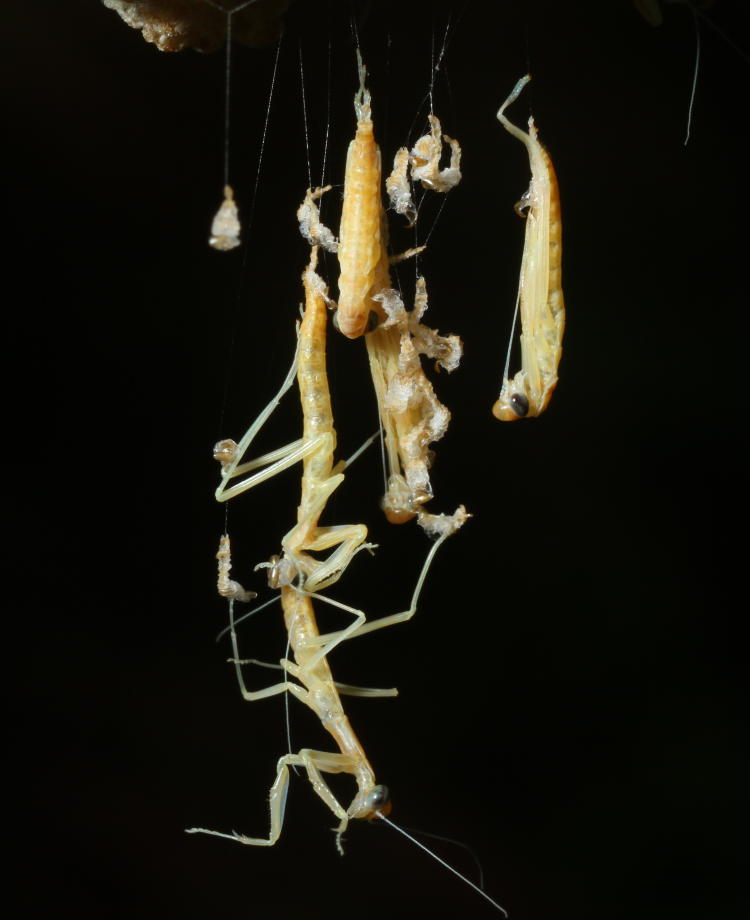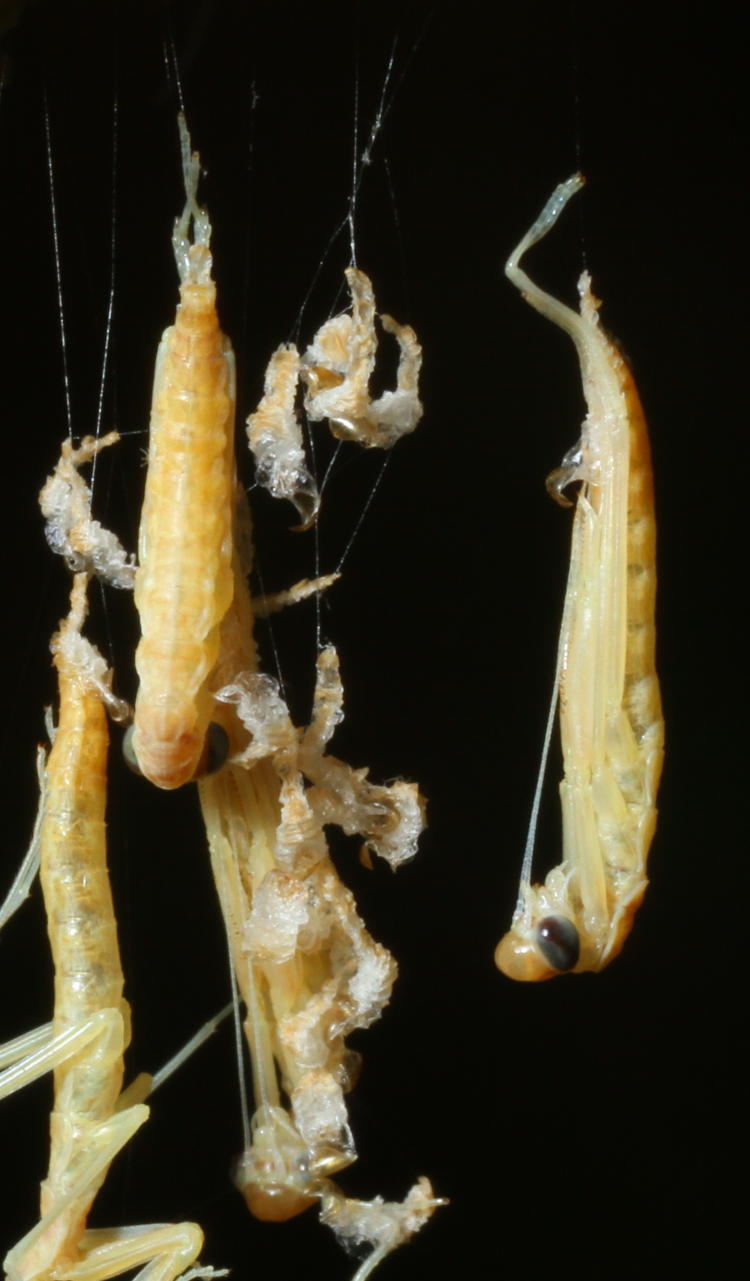What, exactly, does that phrase mean? I mean, we all know how it’s used, but how was it coined? Being what? Can time be anything else? Do we want to know how ‘idiom’ got its name?
Anyway, the point is, I’m going to be a little busy and I don’t know what I’ll be able to produce for a little while, so I’m throwing down (actually, I’m tossing diagonally) a few photos that struck my fancy. The first is from the same outing as here, but I noticed this while sorting. I’ve always known that several of the old dock piling at the nearby pond had nails still protruding from the tops, which never showed down any of the cormorants that like perching on them, but I happened to be shooting from across one arm of the pond and got a better view, though from a much greater distance, so this is a tighter crop.

No biggie – the nail doesn’t take up all of the piling. And I can’t help but get the impression that the bird cannot relax and settle a little without getting poked in the breadbasket, but they perch in such positions for hours at a time, including sleeping like this, so likely the nail isn’t even noticed – it just seems awkward to us. Well, me, anyway – I’m not even sure you exist.
And then, another mantis egg case hatched, and I did a few more photos and some video clips.

When I first looked at it, everything seemed quiet, and plenty of newborns were scampering around the case and the branch it was attached to, quickly making their way down to the Japanese maple tree that I’d placed it near. But as I got the rig set up, suddenly another gout of newborns was emerging, and I got plenty of them almost dripping from the case in video. Right now I will probably not do another feature for the blog, but later on I may well combine everything I have to do a more ‘professional’ video clip aimed at bigger audiences (you know, up to five or six viewers) and hone my editing skills a bit. Or I might even wait until I have numerous clips of the entire life cycle and do a complete feature on Chinese mantids. We’ll see.
Meanwhile, a closer look, solely for the Giger-like detail.

Slowly, I am discovering how this whole ‘molting’ thing seems to work (and yes, I’ve actually gone looking online for better details and have found none so far, but i’m open to any links someone might provide.) You can see the ‘chaff’ from several previous hatchlings in the center, and the two outermost mantids are in somewhat revealing stages. It is not a full molt at all – the chitin (or whatever; it might even be a yolk equivalent) does not encapsulate the mantis at all, but only seems to cover the lower few body segments, if that. You can see it starting to pull free from the underside. Also, I’d suspected that it anchored the tips of the leg together, making it easier for the mantis to worm its way out of the case, but there’s no evidence of that either, though the antennae do seem to be anchored. I am now vaguely suspecting that the anchoring is done to the hind end of the abdomen, even perhaps the genitalia, because I’ve seen that before from molting arthropods. Sounds pretty uncomfortable to us, but then again, we don’t change out the linings of our lungs either, so…
A word about the difficulties involved in actually trying to capture these details, and why it’s been going on for a few years now. Aside from the narrow time frame to even see it happening of course, there’s the fact that the overall length of the newborns is in the 10mm range, so the ‘chaff’ itself is 1mm or less. The egg cases are placed in environments that are encouraging to the mantids (when I even place them myself, instead of finding them in situ,) and this does not give a lot of options for camera positioning, bearing in mind too that the macro flash rig sticks away from the body significantly and can interfere with the newborns and the branches nearby; the same can be said for a tripod. In order to see the whole process, the mantids have to be undisturbed, which is also a goal for my photography anyway. There’s the random positions of the emergents, the wind, others getting in the way, and even the light angle and contrast can reveal or obscure key details. Finally, there are the demands of high-magnification photography, such as even seeing in the viewfinder whether the focus is bang-on or not (on a squirming and breeze-driven subject,) and having adequate depth, and capturing a key moment. What you see posted here are semi-lucky frames, the ones that show things the best, which are a handful among quite a few that show nothing at all or are simply terrible.
I am going to collect some of the ‘chaff’ that remains to see if I can display them in enough detail for micro-photographs, and I also have an old egg case that I am dissecting to see the interior detail. Those should be along eventually.




















































